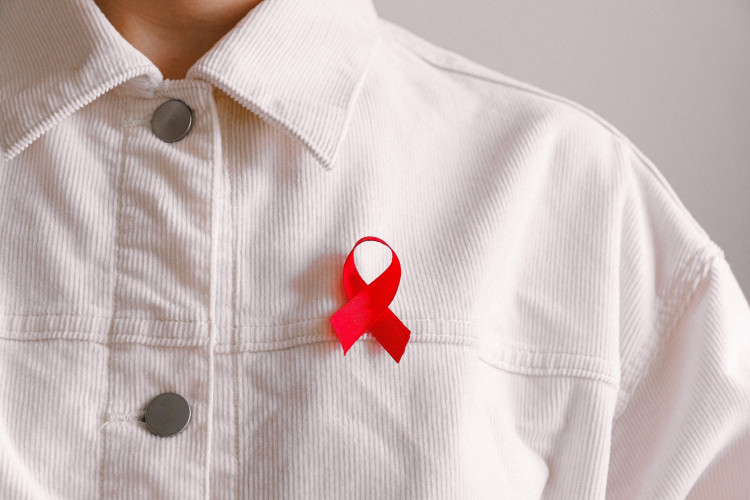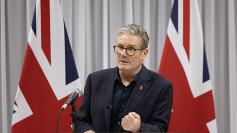A recent report released at the International AIDS Conference in Montreal, Canada, claims that the global campaign against HIV has stopped because of dwindling resources brought on by COVID-19 and other crises.
According to the UNAIDS report entitled In Danger, new HIV infections decreased globally between 2020 and 2021 by just 3.6%, the smallest yearly decline since 2016. Last year, there were over 1.5 million new infections, exceeding the global targets for fighting the virus by over a million.
According to Winnie Byanyima, executive director of UNAIDS, "the response to the AIDS pandemic has been derailed by global crises from the colliding pandemics of HIV and COVID, to the war in Ukraine and the resulting global economic crisis."
According to patterns over several years, the number of new infections increased in Eastern Europe, Central Asia, the Middle East, North Africa, and Latin America.
Contrary to earlier reductions, there was a modest increase across Asia and the Pacific. The Caribbean and western and central Africa, the latter mostly driven by Nigeria, were among the bright spots.
"COVID-19 and other instabilities have disrupted health services in much of the world, and millions of students have been out of school, increasing their HIV vulnerability," the report said.
In 2021, there were 38.4 million individuals living with HIV worldwide, and AIDS-related illnesses claimed 650,000 lives. With a new infection developing in this population every two minutes, young women and adolescent girls were disproportionately affected.
Although Sub-Saharan Africa continues to represent the majority of new infections (59% in 2021), that percentage is dropping as the global fall in new cases slows.
The study is released as high-income nations reduce their aid budgets.
International HIV resources were 6 percent lower in 2021 than they were in 2010, with bilateral U.S. aid declining 57% during the previous ten years. The UN estimates that by 2025, the HIV response in low- and middle-income countries will fall US$8 billion short of what is required.
Seventy percent of instances worldwide were documented in four important groups: transgender people, males who have sex with men, injecting drug users, and sex workers and their clients.
The report also highlighted how racial inequality heightens HIV risks. Although the rate of new infections worldwide has decreased since peaking in the middle of the 1990s, there is still a long way to go until AIDS is completely eradicated by the year 2030.
Byanyima said, "We can end AIDS by 2030, but the curve will not bend by itself," appealing for nations to take action.





